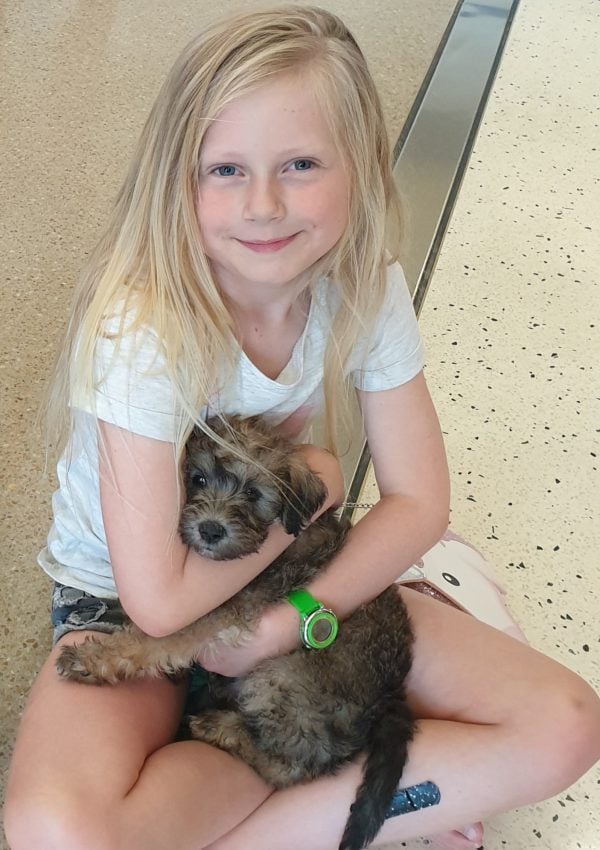
Calling it a “crap situation” would be an understatement.
Seriously, all the puns and metaphors have been used as a way of coping with the infuriating human issue of pooing – or not pooing in our case. If you didn’t know before now, all living things have to poo. And when you are not able to poo, the results are pretty uncomfortable and impact your overall wellbeing and energy levels.
We can all understand that. But when my daughter began soiling and having serious constipation issues from before the age of two, the situation actually felt shameful. I recall having to hold the legs of my little girl as a baby and push her knees into her tummy to assist her to pass a poo – something we mostly take for granted.
The numerous doctor’s visits, the ridiculous amounts of lactulose expected to get my daughter to happily ingest and the subtle, insulting questioning regarding the adequacy of her diet and water intake made me want to have a tantrum.
Watch the trailer for our two podcasts, This Glorious Mess Big Kids and Little Kids, for humans that have babies and have questions. Post continues below.
While my daughter was in nappies, we worked hard to allow her the time and the relaxed message of ‘pooing is a good thing’, in the hope that it would resolve. She broke her leg at two, which didn’t help toilet training, but it didn’t cause the constipation either.



Top Comments
Hmmm... Undiagnosed Anorectal Malformation?. My son was born with this and not diagnosed immediately, but once he was, some surgery and home procedures now mean he can poo once per day. Before this, there were lots of little poos all day long! He also had no appetite as there was nowhere for food to go! I've always suspected two of my other children also have this but a more mild malformation. Paediatrician, midwife and health nurse were all dismissive of my initial concerns... maybe ask for referral to anorectal specialist/surgeon at RCH?
Thank you so much for sharing your story. I feel that I could have written this myself. After nearly 8 years of dealing with this with my daughter we have finally been referred to a paediatric gastroenterologist. I am just praying she won't need to have the ACE procedure.
More awareness needs to be made, I feel there are so many parents dealing(struggling) with this and very little support or understanding.
I wish you all the best for your little girl.